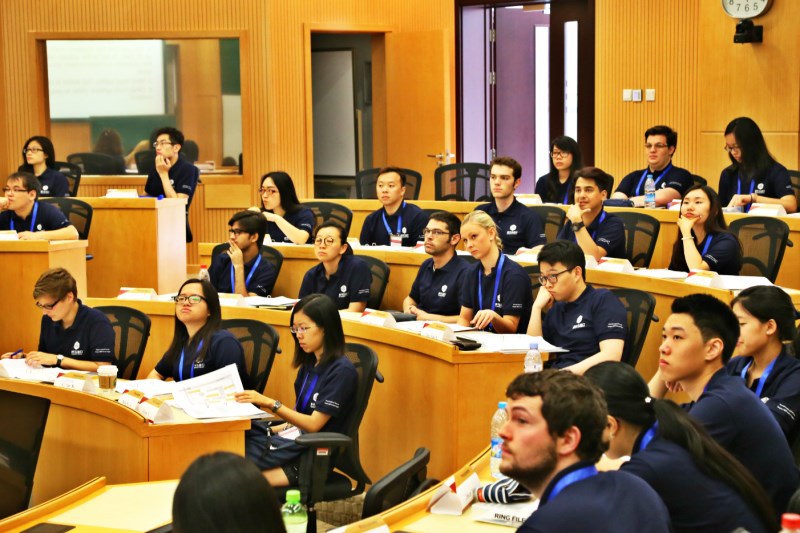
For the second year in a row, National University of Singapore (NUS) was announced as the best institution in Asia, according to the Asian University Rankings 2017 published by the London-based education advisory Times Higher Education magazine. Peking University came in second-place and Tsinghua University third-place, both based in Beijing.
Singapore’s Nanyang Technological University and the University of Hong Kong have been ranked fourth and fifth respectively in the overall list. Completing the top 10 are Hong Kong University of Science and Technology, University of Tokyo in Japan, and the Korea Advanced Institute of Science and Technology, Seoul National University, and Pohang University of Science and Technology all in South Korea.
(Photo: PBC School of Finance, Tsinghua University)
—————————————————————-
Looking beyond the US, Canada, Europe – Asia’s 25 Best Universities, 2017:
- National University of Singapore, Singapore ??
- Peking University, China ??
- Tsinghua University, China ??
- Nanyang Technological University, Singapore ??
- University of Hong Kong, Hong Kong ??
- Hong Kong University of Science and Technology, Hong Kong ??
- University of Tokyo, Japan ??
- Korea Advanced Institute of Science and Technology (KAIST), South Korea ??
- Seoul National University, South Korea ??
- Pohang University of Science and Technology, South Korea ??
- Chinese University of Hong Kong, Hong Kong ??
- City University of Hong Kong, Hong Kong ??
- Sungkyunkwan University (SKKU), South Korea ??
- Kyoto University, Japan ??
- University of Science and Technology of China, China ??
- Fudan University, China ??
- Hong Kong Polytechnic University, Hong Kong ??
- Shanghai Jiao Tong University, China ??
- Zhejiang University, China ??
- Korea University, South Korea ??
- Hebrew University of Jerusalem, Israel ??
- Tel Aviv University, Israel ??
- King Abdulaziz University, Saudi Arabia ??
- National Taiwan University, Taiwan ??
- Nanjing University, China ??
—————————————————————-
The Asia University ranking is based on 13 performance indicators grouped into 5 areas: teaching (the learning environment), research (volume, income and reputation), citations (research influence), global outlook (staff, students and research) and industry income (knowledge transfer).
